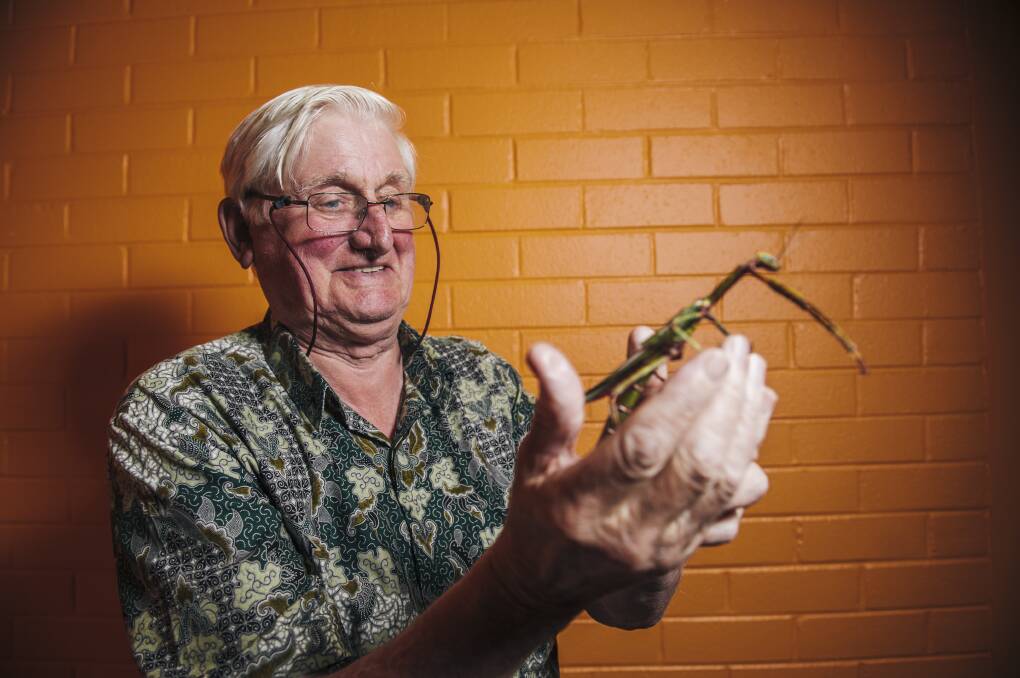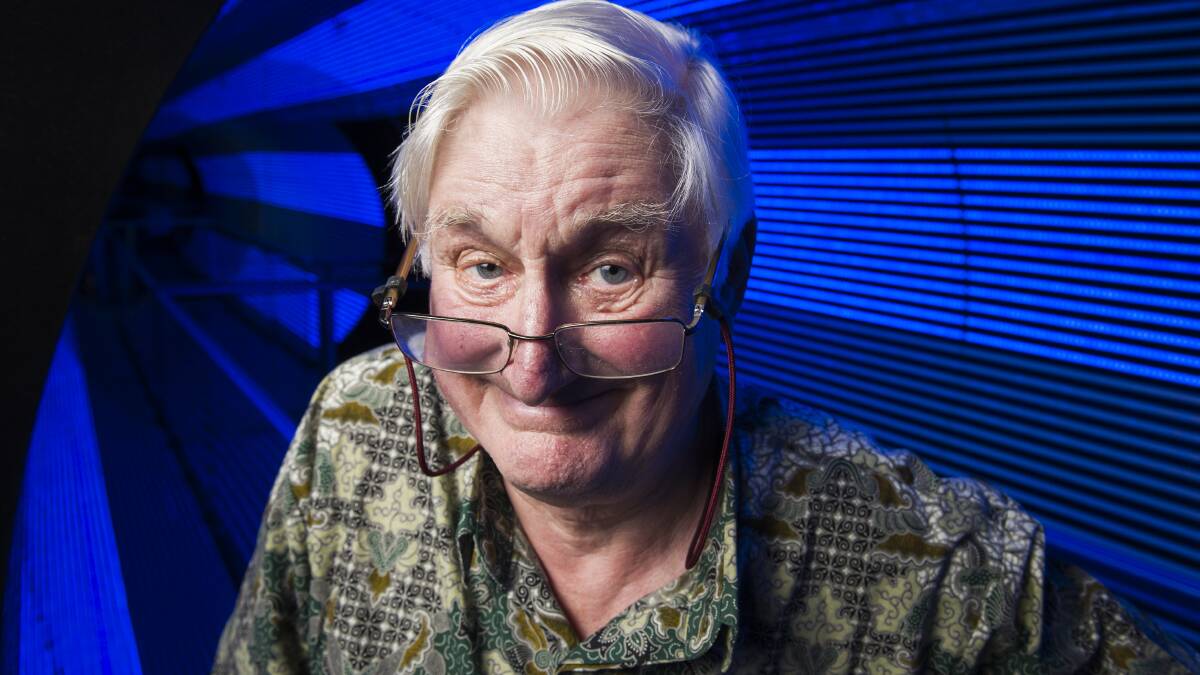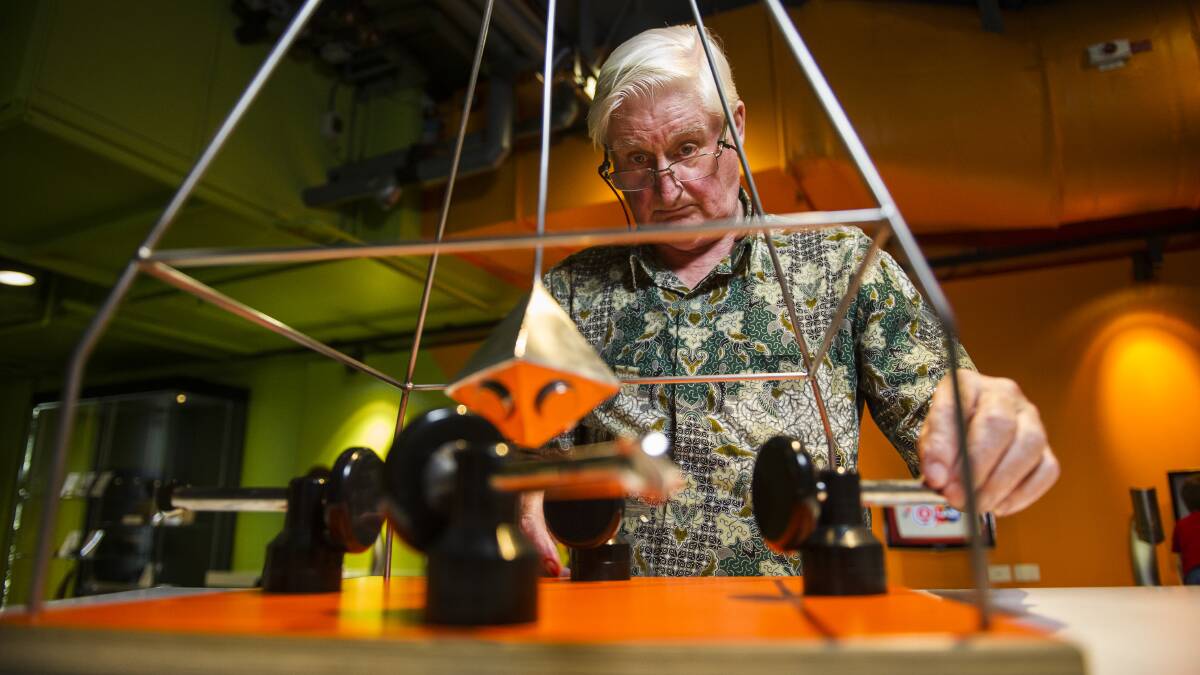
MICHAEL MILES GORE, AO
September 5, 1934 - January 8, 2022
Michael Gore was born on September 5, 1934 in Farnsworth, Lancashire and grew up in Bolton. The son of Ernest and May, his great fortune was to be blessed with a father who had a growth mindset and a "can do" approach to life, characteristics that were passed on Mike in great measure. As a school student, however, he did not particularly shine: he attended Worsley Technical School which was not a pathway to university. Nevertheless, in the face of some academic scepticism, he gained a place at the University of Leeds to read electrical engineering. He was awarded an excellent degree, which continued to a PhD.
Mike was a man who loved his native Lancashire and was proud to be a Lancastrian, but his time at Leeds also gave him a deep love of the Yorkshire dales and the people of the county. At Leeds, his Australian university friend, Bob Whan, told inspiring tales which prompted Mike to come to Australia. The family story is that one of the reasons that Mike set out to take a position at the newly founded ANU was to verify that Bob's home town of Mudgegonga, near Tangambalanga, at the foot of Mount Burrumberangbong actually existed.
Mike had six months before the Canberra position commenced and found a short post-doctoral place at Brown University in Rhode Island. It was there that he met his wife, Joyce Klaber, who married him in Canberra in 1962. They were to have three children, Sarah, Susan and Tim. Mike lectured in physics: at first they lived on campus at Bruce Hall and then he became warden of Lennox House. Mike took to Canberra, and never left. His love of the surrounding high country was the inspiration for "Inward Bound", an activity that takes groups of willing students and drops them off in remote areas of the Brindabellas, with the first team to find their way back the winners. This is now a treasured ANU tradition.
Mike was always an enthusiastic physics demonstrator: his physics lectures became legendary. He had realised very early, back at Worsley Technical School, that demonstrations were powerful aids to understanding. Mike remembered with great clarity the various experiments with which his inspiring teacher Mr Whittaker embellished physics lessons and he was to repeat and refine many of those demonstrations in his own lectures and later science shows and workshops. The moment that sent Mike on the path to his ultimate career, however, occurred in 1975, when the family were en route to a sabbatical in the Netherlands. They travelled via the USA and visited the San Francisco Exploratorium, a unique interactive science centre that, at that time, stood almost alone. Recognising the spell that it cast over his family, Mike began a crusade to start a hands-on science centre in Australia. On return from the Netherlands in 1977 it became his campaign to make that dream a reality.

Dr Stuart Kohlhagen, who was to be part of that crusade from the beginning, has said that Mike was "not a leader, but one who others wanted to follow". This was never more evident than in the early days of Questacon, when so many Canberrans joined him to create Australia's first interactive science centre. There were volunteers, exhibit-makers, students, and of course the family, who all chipped in to make it happen. A 1978 grant of $50,000 from the National Schools Commission represented the first government contribution for the idea. Mike's friend Chris Bryant, who was a vital supporter, gave Questacon its name. It opened in the Ainslie Primary School in 1980 as part of the ANU. The Questacon grew in popularity and established hands-on learning and science demonstrations as a viable model for public engagement. Mike was Canberran of the Year in 1982 and was awarded a Churchill Fellowship in the same year.
Early in the establishment of Questacon, Mike recognised the need to take science communication to a wider community and so the Science Circus was founded. This travelling program, staffed by students at the ANU, started humbly with the first exhibits heading from Canberra to Goulburn in 1985 with a team of volunteer explainers. A more ambitious proof of concept science circus tour in 1986 travelled no less than 8000km from Mt Gambier to Townsville via Mildura delivering hands-on science exhibits and shows. On the basis of the success of this tour Mike was able to convince Shell Australia to come on board as a major supporter of the Science Circus and a 35-year award-winning partnership began. The Science Circus won the Prime Minister's Prize for Community - Business partnerships in 2006 and has been a model for similar programs in Canada, Brazil and China. 500 post-graduate students have now undertaken science communication training and helped run the science circus.
The students of the Science Circus were recognised by the establishment of a graduate diploma at the ANU, the first of its kind in the world. This was to be the seed of academic science communication programs in Australia and internationally.
Mike was made a Member of the Order of Australia (AM) in 1986 for services to science education. In 1988, to celebrate the bicentennial, it was decided to build a National Science Centre. The National Science and Technology Centre (Questacon) was built with funding from the Australian government and business community jointly with the government of Japan, who contributed half the cost as a bicentennial gift. Mike played a major role in steering the project through many hurdles and committees to completion. He worked with architect Lawrence Nield to specify the design of the first purpose-built science centre in the southern hemisphere. The building design still has marvellous functionality, a tribute to Mike's work. He was appointed as the founding director of the National Science and Technology Centre, joining the public service as a somewhat reluctant bureaucrat. The name Questacon reappeared through stealth, having been prohibited by government who wanted more gravitas for an institution in the Parliamentary Zone. Mike kept the name alive and progressively reintroduced the name which now has world-wide recognition. He practised a philosophy of asking for forgiveness rather than permission.

It seems that everyone has a Questacon story. School students from all over Australia visit Questacon and outreach activities and hands-on exhibitions travel across the country. Many staff and volunteers have now worked at Questacon and developed a unique positive culture and deep love of the founding vision. In 1992, Mike and Questacon were awarded the Eureka Prize for communicating science.
In 1999, Mike retired from his position at Questacon and returned to the ANU as an adjunct professor. Science communication was now a complete graduate and undergraduate program, based at the National Centre for the Public Awareness of Science. The centre had been founded in 1996, in the face of considerable academic scepticism, by Professor Chris Bryant. It was enthusiastically supported by Mike with lecturing and mentoring contributions from him and from other Questacon staff. Mike now turned his talents to lecturing in science communication, once again as a member of an academic department. He became an integral part of a major CPAS international outreach into Asia, Africa and the Pacific, through science communication initiatives and teacher workshops. He was to develop this aspect of CPAS national and international involvement for the next 20 years, never really stepping down. Across the world, his influence profoundly changed the communication of science, both in the public domain and through hundreds of inspired science teachers. The many students who were fortunate to benefit from his enormous experience in communicating science have often testified how much their lives, and careers, changed as a result.
Anyone who was fortunate enough to travel with Mike found themselves in the company of an energetic, creative and truly hilarious travelling companion, a larrikin at heart. He may have been august on paper, but he was not a lofty man, gifted as he was with a disarming ability to get on with any local anywhere he landed and sweep up everyone who was with him. It was impossible to take a trip with Mike and return without at least one story of being swept down an unexpected path and discovering things that were rarely in the guidebooks.
Mike was termed the "Father of Science Shows" by the international science communication community.
Mike was made an Officer of the Order of Australia (AO) in 2015, for services to science communication nationally and internationally. He was also the recipient of the 2001 Award for Outstanding Service to Physics from the Australian Institute of Physics, the 2006 Academy Medal from the Australian Academy of Science, and Life Membership of the Australian Science Communicators which he helped to found.
Mike was termed the "Father of Science Shows" by the international science communication community. He had a unique ability to draw people into science, no matter how old they were. He was extraordinarily innovative, able to cut through quite dense theoretical material to reveal a simple, accessible idea which people intuitively grasped. Having himself been a student who sometimes struggled, he knew how to explain through hands-on experiences. His motto, and that of Questacon, was "I hear and I forget. I see and I remember. I do and I understand."
Mike's last workshops were in Thailand in 2019. At the time of his death, he was contemplating more post-lockdown outreach to South Africa and was co-authoring a book for teachers of science. He died peacefully on January 8, following a stroke.
Mike's legacy can be measured in many ways but the founding of Questacon, and the Science Circus, and ASPAC - the Asia-Pacific community of science centres - and his involvement with the establishment of CPAS and its international outreach, were all major achievements with significant impacts.
Mike was indeed a towering international figure in science communication, as the messages from all over the world have testified. But he was more than an international celebrity. "I have lost a member of my family" has been an oft-heard remark. Mike was a warm, funny, highly entertaining person who took enormous pride in the achievements of his students. He was extraordinarily knowledgeable about Australian towns and villages, with a fund of interesting stories. He loved classical music and Gilbert and Sullivan. He was a passionate Canberran, supporting the Raiders (who were his pall-bearers), the Brumbies, Canberra Rep, the Canberra Symphony - and, with extra passion, Canberra wineries and restaurants. It was a great privilege to work with him, to experience his generosity as a colleague, his insights and his talent. And to expect the unexpected, always.







